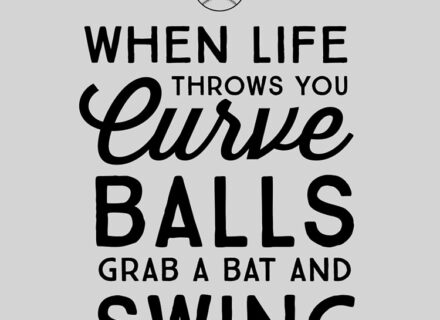I’m about eight years late to the party, but I’m finally reading Clayton M. Christensen’s book, ‘How Will You Measure Your Life’. I haven’t finished it yet, but already pulling new lessons and insights and being reminded of ones learned in the past.
I’m sure I’ll have a number of other revelations once I finish the book, but one that’s jumping out at me now is this question that should guide our strategy decisions: What would have to be true? I’ll use ‘WWHBT’ to reference this question throughout this post.
For context, this is the question we need to ask about the assumptions we make that guide our strategy decisions. In other words… what would have to be true about X assumption in order for Y strategy element to play out as we expect?
If you follow strategy practitioners you’re probably familiar with Roger Martin (@RogerLMartin). I took one of his courses and shared this on twitter… he replied. He said the question of ‘What would have to be true’ is one of the best questions we can ask when developing strategies.
In ‘How Will You Measure Your Life?’, Christensen talks about this idea with a framing of getting new innovations/projects approved. The typical motion is to build a financially driven case for why something should be a priority and get the resources it needs. Let’s say you want to launch a new widget and it’ll cost $1M to get off the ground. The business case needs to show the expected return on investment that is compelling enough to direct resources to this particular project instead of competing ones.
“Once the company understands whether the initial important assumptions are likely to prove true, it can make a much better decision about whether to invest in this project or not.” ~Clayton M. Christensen
Here’s the tricky part…. Included in the business case are any number of assumptions. Tens or even hundreds of assumptions. Some are more important and certain than others. Both Christensen and Martin encourage managers to interrogate the factfulness of those assumptions and stress test the probability of them being true. This is key in minimizing costly errors and decisions that may not meet the optimistic expectations originally projected.
This is all part of the strategy development process. It’s not a one time event at some offsite retreat either. Asking ‘What would have to be true?’ should be an ongoing, continuous process. Things change with customers, markets, product usage and more. New ‘WWHTBT” questions may emerge and must be considered to manage any new variables that may change your thinking about the current strategy.
This line of questioning is also useful in our personal lives. It can help us better direct our resources (time, energy, attention, money) to the things that are most likely to benefit our overall strategy and objectives. Mr. Christensen uses the example of exploring new careers. In other words, ‘WWHTBT” about a new role or industry in order for you to succeed and be happy in that role/industry? This one question should prompt any number of responses you can then investigate to gain some degree of certainty in their truth.
If you want to dive a whole lot deeper into how to use ‘What would have to be true?” in business or in life, I highly recommend these two books:
How Will You Measure Your Life



